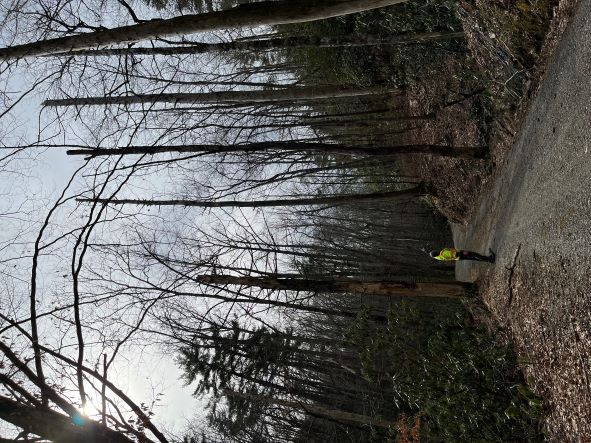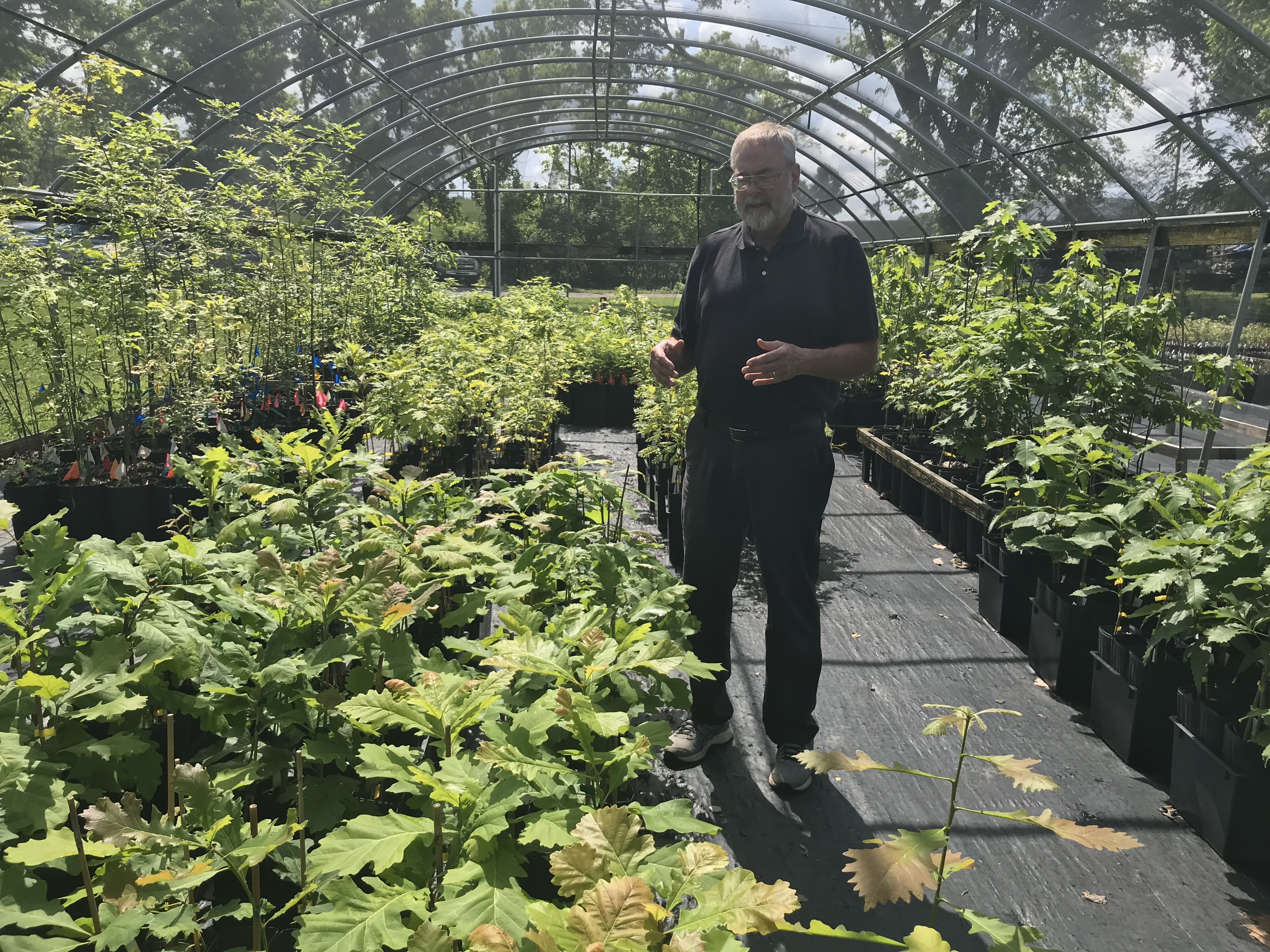Displaying items by tag: hemlock
National park reopens Cades Cove road traced for centuries
 Parson Branch Road in Great Smoky Mountains National Park was reopened May 26 after a six-year closure. National Park Service
Parson Branch Road in Great Smoky Mountains National Park was reopened May 26 after a six-year closure. National Park Service
Parson Branch Road had been closed since 2016 because of washouts and danger from trees killed by the hemlock woolly adelgid
This article was provided by Great Smoky Mountains National Park Public Information Officer Dana Soehn.
CADES COVE — Great Smoky Mountains National Park officials celebrated on Thursday (May 26) the reopening of Parson Branch Road with a ribbon-cutting event honoring the crew who performed the needed work and the Friends of the Smokies who provided critical funding to support the efforts. The historic gravel road, originally constructed in 1838, is now reopened to the public after a six-year closure.
“We are pleased to reopen Parson Branch Road in time for the 2022 summer season,” said Deputy Superintendent Alan Sumeriski. “Not only does this restore access to one of the most special places in the Smokies, it also allows another opportunity for people of all abilities to spread out and explore less traveled areas of this very busy park.”
Parson Branch Road improvements under way in Smokies
 Dead hemlocks are seen along Parson Branch Road near Cades Cove. National Park Service
Dead hemlocks are seen along Parson Branch Road near Cades Cove. National Park Service
CADES COVE — Great Smoky Mountains National Park contractors began removing at least 800 dead hemlock trees along Parson Branch Road, an eight-mile primitive backcountry road that connects Cades Cove with U.S. 129 on the western edge of the park.
The road has been closed since 2016 because of the tree hazards and damage to the road surface. The hemlocks succumbed to the hemlock woolly adelgid, an exotic insect that has wreaked havoc on hemlock stands and their accompanying ecosystems.
The road passes several trailheads, and is used by emergency vehicles as needed. The park initially identified some 1,700 trees that posed a hazard to the adjacent roadway, but that number has naturally declined by about half over the past six years.
Friends of Great Smoky Mountains National Park provided $100,000 for the hazard-mitigation project. That was matched with $50,000 from the federal government.
Once the dead trees are removed, work will begin to rehabilitate the roadway and ensure its safety.
The roadway could reopen this summer, according to a news release from the National Park Service.
Scott Schlarbaum speaks for the trees and the future of Tennessee forests

2-minute video on hemlock genetic diversity conservation added to this article on September 2, 2021
UT Tree Improvement Program prepares for its greatest grafting season yet
“What you have here is the future of Tennessee forests,” said Scott Schlarbaum, a professor and director of the University of Tennessee Tree Improvement Program.
You can tell from a chuckle he thinks his statement might sound hyperbolic and a bit dramatic, but it’s really not.
He gestured across an unassuming but important UT facility just off Alcoa Highway tucked within the East Tennessee AgResearch and Education Center that will be the main base for a historic tree-grafting effort that will commence this winter.
The goal: Create trees with high-quality genetic traits ranging from wildlife and habitat qualities to timber value.
Heavy traffic hissed down the nearby highway as it passed by the modest understock yard, greenhouse, raised beds and small house containing offices used as the main grafting facility for the UT Tree Improvement Program (TIP). At least 50,000 vehicles pass by the site every day but most drivers and passengers are oblivious to the existence of this small but important outpost of forest conservation skirted by a Knox County greenway.
The Tree Improvement Program was first established in 1959. It survives as a notable exception to the cost-cutting of such projects in other states at both university and government levels.
“These days we tend to look only at the short term. UT did not.”
Beginning in January, Schlarbaum, director of the program since 1983, will oversee grafting efforts on some 3,600 trees. Last year, during which TIP efforts were disrupted by the Covid-19 pandemic, about 2,000 trees were grafted.
“We are gearing up for our biggest grafting year ever. That’s a huge deal,” Schlarbaum said.